


Histamonosis, Histomoniasis, Blackhead
Introduction
Histomonas melagridis is a protozoan parasite of turkeys, and occasionally chickens, pheasants and game birds that acts together with facultative bacteria to produce the condition of Blackhead. This condition has high morbidity and mortality in turkeys. Although chickens are relatively resistant to the condition, significant disease has been seen in breeding chickens and free-range layers. The parasite is ingested in the ova of Heterakis worms or as larvae in earthworms or faeces and there is an incubation period of 15-20 days. Outwith earth worms or H. gallinae the parasite is easily destroyed. The problem is seen in high-biosecurity facilities, presumably introduced with worm eggs. Within a turkey shed transmission is rapid in spite of the fact that it is difficult to infect birds orally with unprotected parasites. It has recently been demonstrated that infection occurs readily via the cloaca when birds are on contaminated litter.
Signs
- Depression.
- Inappetance.
- Poor growth.
- Sulphur-yellow diarrhoea.
- Cyanosis of head.
- Blood in faeces (chickens).
- Progressive depression and emaciation.
Post-mortem lesions
- Enlargement of caeca.
- Ulcers, caseous cores with yellow, grey or green areas.
- Liver may have irregular-round depressed lesions, usually grey in colour, however they may not be present in the early stages, especially in chickens.
Diagnosis
Lesions, scrapings from fresh material.
Treatment
Historically nitro-imidazoles (e.g. dimetridazole), nitrofurans (e.g. furazolidone, nifursol) and arsenicals (e.g.nitarsone) have been used to treat this important disease of poultry. At the time of writing no products of these groups are approved for use in the European Union, and only nitarsone is approved in the USA. Arsenicals are less effective in treatment than they are in prevention. Some herbal products based on the essential oils (e.g. 'Herban)' have been used with some apparent success though controlled trials and formal approval for this purpose are not recorded. Intensive relittering may help reduce the level of infection, given recent new knowledge on the mechanism of transmission.
Prevention
Good sanitation, avoid mixing species, concrete floors. Use of an anti-histomonas product in feed where such products are approved but due care with respect to residue avoidance would be required. Regular worming to help control the intermediate hosts. Having both chickens and turkeys on the same property is likely to increase the risk of this disease in turkeys.







